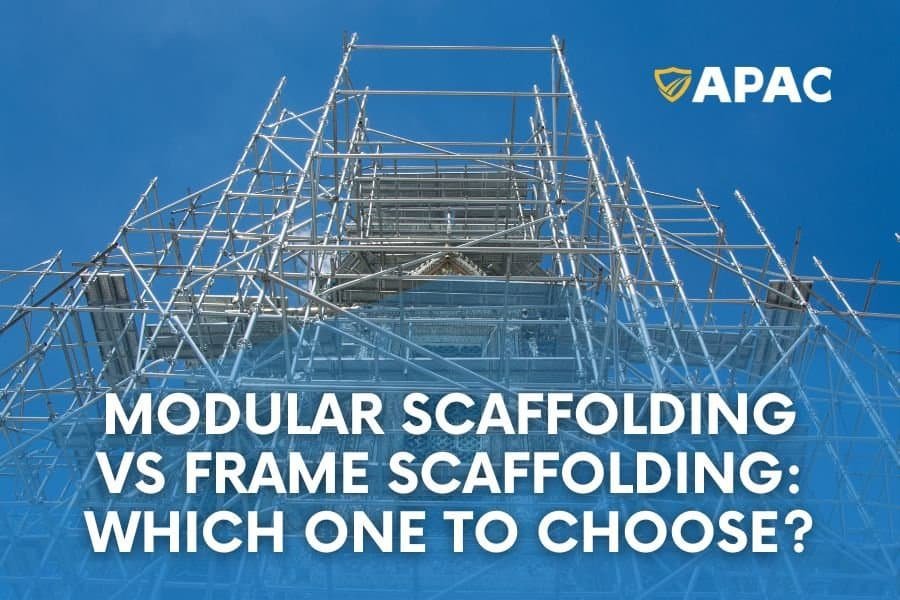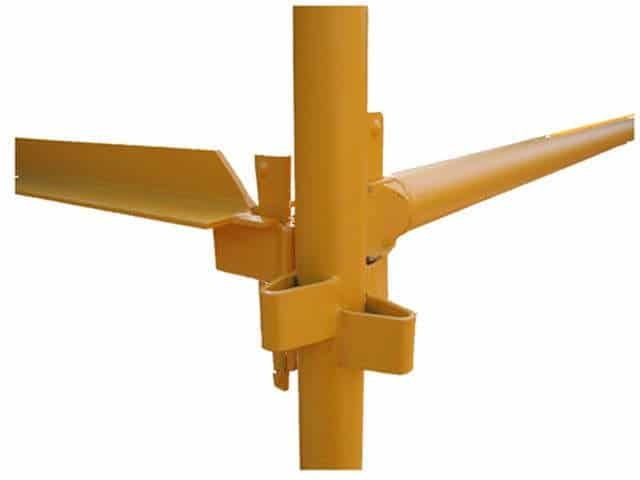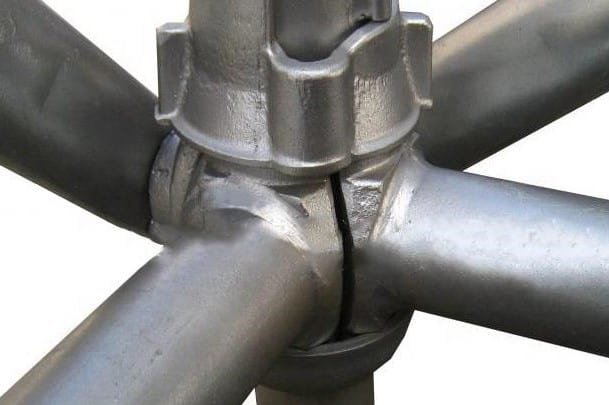When you’re building, you’ve got to choose between modular scaffolding and frame scaffolding. Both have their own advantages and disadvantages. Modular scaffolding comprises parts you can easily combine and change to fit different jobs. Frame scaffolding is built with strong steel or aluminum frames for stability. Understanding the differences helps you choose the right one.
You look at how easy they are to put up, how you can use them for different jobs, how you move them around and store them, and how much they cost. Modular scaffolding is easy to change and move, but frame scaffolding is strong.
The one you pick depends on what you need for your job, how much money you have, and how long you’ve got to do it. So, think about all these things before you decide which scaffolding to use.
Difference 1: Design and Structure
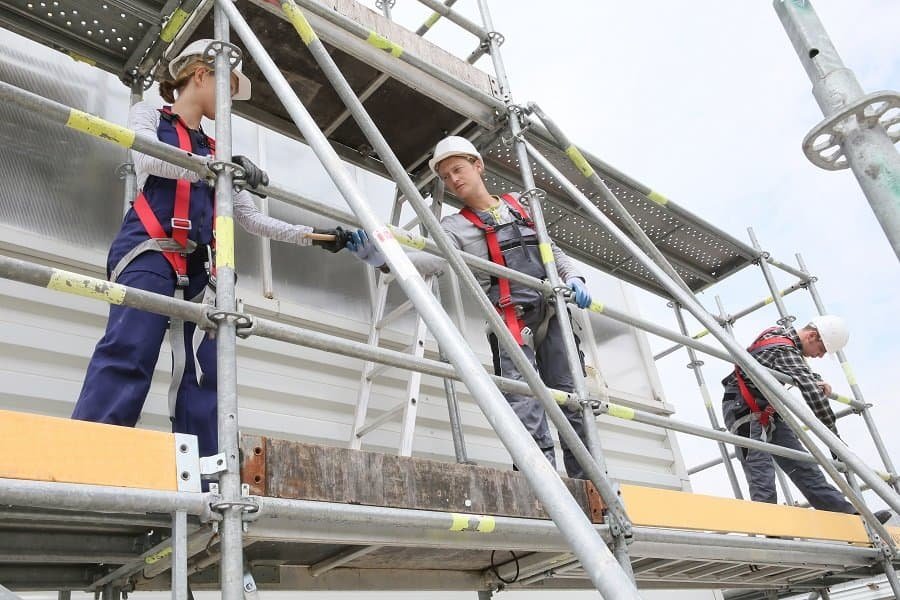
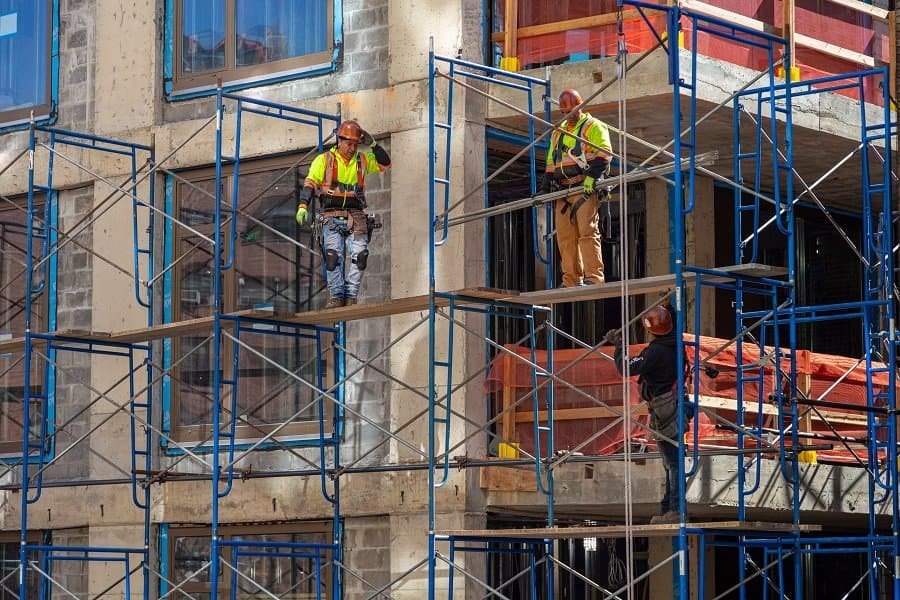
Difference 2: Assembly and Disassembly
Putting up and taking down modular and frame scaffolding differs and affects construction work.
Modular scaffolding is like solving a big puzzle. Its parts fit together easily, so it’s quick to set up. Workers connect the pieces with locks or pins, which takes little time. This fast setup means workers can start their tasks sooner.
Frame scaffolding needs a more traditional approach. Workers first build the metal frames and then add cross braces for support. It takes more time and effort compared to modular scaffolding.
Modular scaffolding is also easy to take apart. Workers remove the pieces, stack them up, and store or move them easily. This saves time and effort, helping workers move on to the next job faster.
Disassembling frame scaffolding is slower. Workers must take apart each piece separately, which takes more time and effort.
Overall, putting up and taking down modular scaffolding is quicker and easier than putting up and taking down frame scaffolding. Knowing these differences helps construction workers plan and do their scaffold work efficiently.
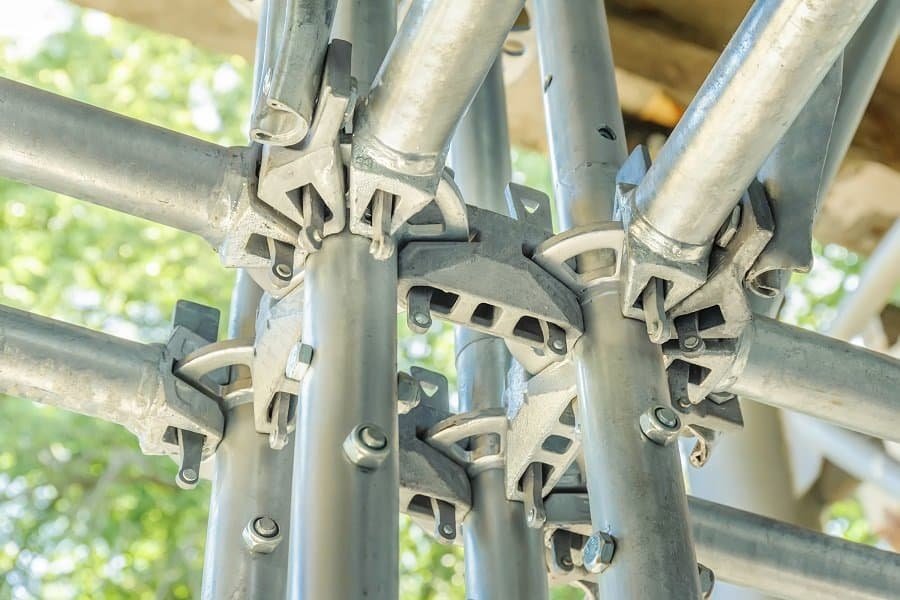
Difference 2:Assembly and Disassembly
Putting up and taking down modular and frame scaffolding differs and affects construction work.
Modular scaffolding is like solving a big puzzle. Its parts fit together easily, so it’s quick to set up. Workers connect the pieces with locks or pins, which takes little time. This fast setup means workers can start their tasks sooner.
Frame scaffolding needs a more traditional approach. Workers first build the metal frames and then add cross braces for support. It takes more time and effort compared to modular scaffolding.
Modular scaffolding is also easy to take apart. Workers remove the pieces, stack them up, and store or move them easily. This saves time and effort, helping workers move on to the next job faster.
Disassembling frame scaffolding is slower. Workers must take apart each piece separately, which takes more time and effort.
Overall, putting up and taking down modular scaffolding is quicker and easier than putting up and taking down frame scaffolding. Knowing these differences helps construction workers plan and do their scaffold work efficiently.
Difference 3:Versatility
Modular and frame scaffolding offer different levels of versatility, which impacts their ability to adjust to various construction tasks and settings.
Modular scaffolding is like a toolbox with parts that can be swapped out easily. Its components can change in height and shape to fit different structures. Workers can add or remove sections to match the project’s needs. This adaptability makes modular scaffolding useful for all kinds of projects, whether small renovations or big construction jobs.
On the other hand, frame scaffolding is less flexible. Its design is fixed, so it’s not as easy to change. While it’s strong enough for heavy tasks, it might struggle with adjustments on-site. Making changes to frame scaffolding usually means adding more parts or changing how it’s set up, which takes time and effort.
Difference 4: Transport and Storage
There are some big differences between modular and frame scaffolding when it comes to moving and storing scaffolding. These differences affect how construction materials are handled on the job site.
Modular scaffolding is like stacking blocks. Its parts fit together nicely, so moving and storing them is easy. Workers can stack the pieces on pallets or load them onto trucks, which saves space and means fewer trips back and forth. This way of stacking saves money on transportation and ensures the materials are there when needed.
Frame scaffolding, on the other hand, is bulkier and requires more space for transportation and Storage. Its rigid frames and braces make it harder to transport. Workers might need bigger trucks or make more trips to get all the parts to the job site. Storing frame scaffolding also requires lots of space, which can be tricky on busy job sites with limited space.
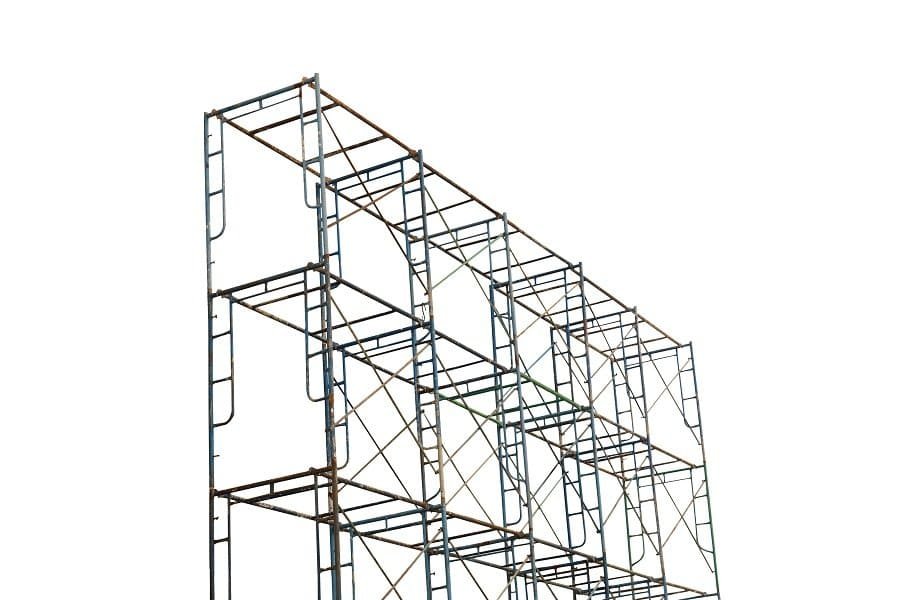
Difference 5:Cost

When deciding between modular and frame scaffolding, one big thing to consider is how much they cost. Let’s look at the money side of each option to help you choose.
Modular scaffolding might cost more initially because it’s flexible and easy to use. But in the long run, it can save money on labor and get the job done faster. Workers spend less time on the job since it’s simple to put together and take apart. Plus, it can be used for many different projects, so you don’t need to buy different types of scaffolding.
On the other hand, frame scaffolding is usually cheaper upfront. But it might cost more over time because it takes longer to put up and down. Workers need more time because it’s more complicated to set up, which means more labor costs. Also, it might only work for certain projects, so you might need to buy other types of scaffolding, too.
Conclusion
Choosing between modular scaffolding and frame scaffolding depends on your project’s needs and budget. Modular scaffolding is like building with blocks and can fit many jobs. It saves time and money because it’s easy to use and change.
Frame scaffolding is cheaper at first but might end up costing more later. It’s stronger but takes longer to put up and use. Think about how much you’ll spend on labor and how quickly you need to finish. Knowing these differences helps workers choose the best option for safe, efficient, affordable construction projects.


